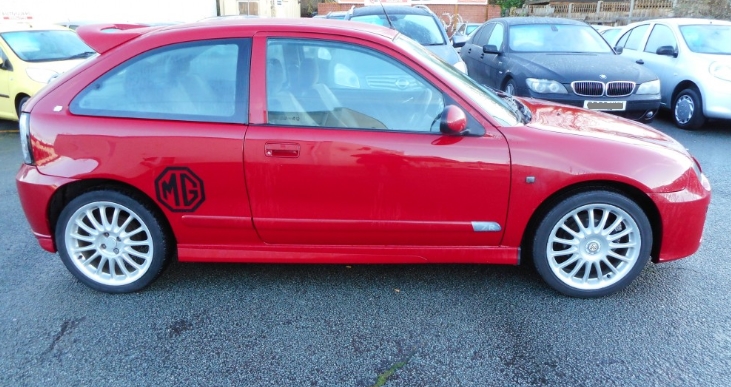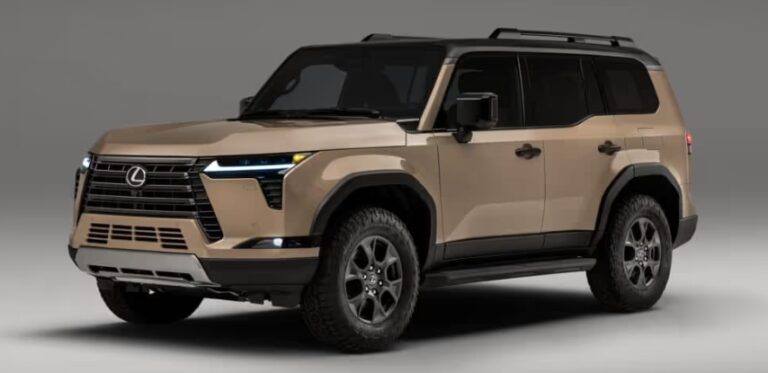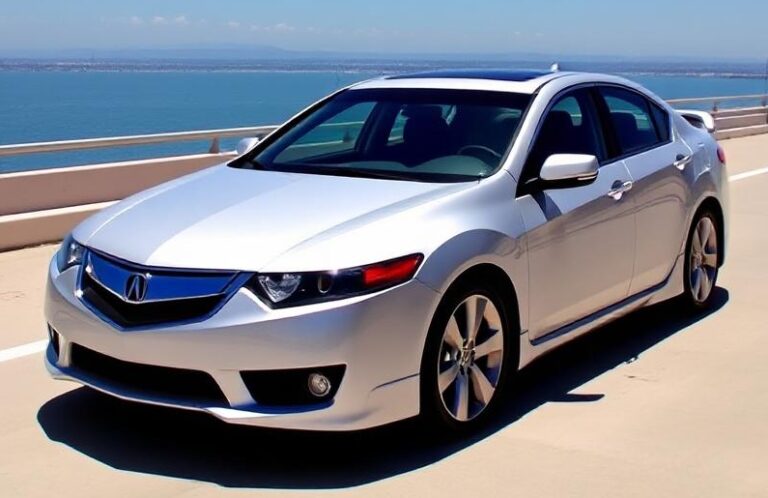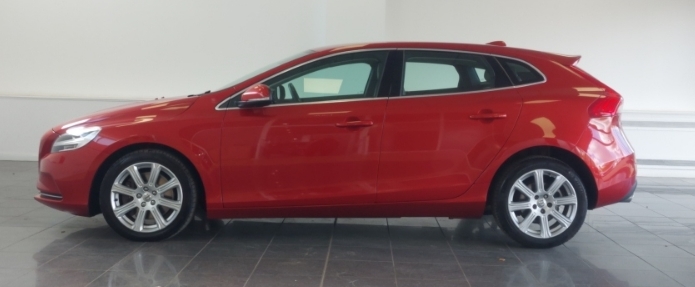The Flawed Diamond: Charting the Evolution of the MG ZR
In the annals of British automotive history, few cars encapsulate the spirit of defiant creativity and tragic downfall quite like the MG ZR. Born from necessity in the turbulent dawn of the 21st century, the ZR was more than just a rebranded supermini; it was a shot of pure adrenaline into the arm of a struggling giant. It was a masterclass in platform engineering on a shoestring budget, a car that punched well above its weight in dynamics and desirability, and ultimately, a symbol of the final, flickering moments of the MG Rover Group. This is the story of its evolution, from a surprise hit to a modern classic.
The Phoenix Rises: The Birth of a Hot Hatch (2001-2004)
To understand the MG ZR, one must first understand the context of its birth. In 2000, BMW sold the Rover Group, divesting itself of a brand it had failed to make profitable. The newly formed, British-owned MG Rover Group, led by the “Phoenix Four,” found itself with aging platforms and a desperate need for new, exciting products without the capital for ground-up development. Their solution was ingenious: take the existing, competent but sedate, Rover models and inject them with MG’s sporting DNA.
The Rover 25, itself a facelift of the 1995 Rover 200, was the chosen candidate for the supermini segment. The transformation into the MG ZR, launched in the summer of 2001, was far more than a simple badge-engineering exercise. MG Rover’s engineers, many of whom had deep roots in Rover’s motorsport and performance divisions, were given the task of turning a comfortable hatchback into a bona fide B-road weapon.
The most significant changes were hidden beneath the skin. The chassis was thoroughly reworked. Stiffer springs were fitted, the ride height was lowered by 20mm, and the suspension bushes were firmed up. The result was a car with incredibly sharp turn-in, minimal body roll, and a kart-like sense of agility that immediately drew praise from the motoring press. It was a handling triumph, a testament to what British engineers could achieve with an existing platform.
Visually, the ZR shed the Rover 25’s reserved image for something far more aggressive. Available in three and five-door body styles, it featured a deep front bumper with a distinctive mesh grille, sculpted side sills, and a large, often color-coded, rear spoiler. Larger alloy wheels, typically 16 or 17 inches in diameter, filled the arches, completing the purposeful stance. This was complemented by a palette of vibrant, arresting colors like Trophy Yellow, Le Mans Green, and Trophy Blue, which screamed performance and youthfulness.
From its launch in 2001, the Mark 1 (Mk1) MG ZR was offered with a clear and logical range of models, catering to different budgets and performance aspirations.
Petrol Models:
MG ZR 105: The entry point to the range, this model was powered by the well-regarded 1.4-litre, 16-valve K-Series engine, producing 102 bhp (marketed as 105 PS, hence the name). It was the perfect package for younger drivers, offering the aggressive looks and sharp handling of its more powerful siblings but with lower running costs and a more accessible insurance group. It was sprightly rather than truly fast, but its eager engine and superb chassis made it hugely entertaining to drive.
MG ZR 120: Stepping up, the 120 used a 1.8-litre K-Series engine producing 115 bhp. This model provided a significant boost in mid-range torque, making for a more relaxed and potent daily driver. The 120 was also exclusively available with a Stepspeed option, a CVT (Continuously Variable Transmission) automatic gearbox with six simulated manual “gears” that could be shifted via buttons on the steering wheel. This was a niche but interesting addition to the lineup.
MG ZR 160: This was the flagship, the true hot hatch of the range. At its heart was the high-tech 1.8-litre K-Series engine featuring VVC (Variable Valve Control). This sophisticated system allowed the engine to produce a remarkable 158 bhp. The ZR 160 was a genuine performance car, capable of 0-60 mph in around 7.4 seconds. To handle the extra power, it received upgraded brakes with larger front discs and rear disc brakes (lower models had rear drums), and sat on striking 17-inch “Straights” alloy wheels. It was a raw, engaging, and thrilling machine that could challenge the established class leaders like the Renault Clio 172 on a twisty road.
Diesel Model:
MG ZR TD: Recognizing the growing market for diesel performance, MG offered a version powered by the robust 2.0-litre L-Series turbocharged diesel engine. Producing 99 bhp, its real strength was its substantial 240 Nm of torque. While not as rev-happy as its petrol counterparts, the TD offered effortless in-gear acceleration and impressive fuel economy, making it the “sensible” performance choice. It combined the ZR’s fantastic handling with low running costs, creating a unique and appealing package.
Trim Levels (2001-2004):
The Mk1 ZR was primarily available in two trims:
Core: This was the basic, no-frills entry point, often found on the 105 model. It came with steel wheels and a very sparse equipment list, designed to achieve the lowest possible headline price.
- (Plus): This was the volume-selling trim and added the features most buyers expected. This included alloy wheels, electric front windows, a CD player, front fog lights, and body-coloured mirrors and door handles.
The ZR was an instant commercial success. It frequently appeared in the UK’s top ten best-selling cars list, its blend of style, performance, and value for money resonating strongly with the public. It single-handedly redefined MG for a new generation, though it also became inextricably linked with the “boy racer” culture of the era—a testament to its affordability and modification potential. To bolster its sporting credentials, MG took the ZR racing, finding considerable success in the British Touring Car Championship (BTCC) and the Junior World Rally Championship.
A Sharper Suit: The Facelift (2004-2005)
By 2004, the Rover 25’s design origins were nearly a decade old. To keep the car fresh and align its styling with the larger MG ZT and the forthcoming Rover 75 V8, MG Rover initiated a comprehensive facelift across its range. The resulting Mark 2 (Mk2) MG ZR was launched in early 2004.
The exterior changes were significant and served to modernize the car’s appearance. The most prominent update was at the front, where the “twin” headlamps of the Mk1 were replaced by sleek, single-unit projector-style lights, giving the car a more contemporary and aggressive “face.” The front and rear bumpers were redesigned to be smoother and more integrated, and the rear tailgate was updated with a new handle incorporating the MG badge, which also acted as the boot release.
Inside, the interior received a welcome quality upgrade. A new soft-touch dashboard moulding, updated switchgear, and round, stylised air vents replaced the dated design of the Mk1. It was a concerted effort to make the cabin feel more premium.
The engine lineup for the Mk2 remained identical to the Mk1: the 105, 120, 160 petrol models and the TD diesel. However, the trim structure was simplified.
Trim Levels (2004-2005):
Trophy: This new trim replaced the old Core/+ structure. It featured a good standard specification, including the new 16-inch “Trophy” alloy wheels, a CD player, and electric windows. Air conditioning became a more commonly specified option.
Trophy SE: This sat at the top of the range and added luxury touches such as leather seats, rear parking sensors, and often larger 17-inch alloy wheels.
The Unsung Variants and Special Editions
Throughout its production, the MG ZR family included some rarer and more specialized models:
MG Express: Based on the three-door ZR bodyshell, the Express was a car-derived van. It featured blanked-out rear side windows and a flat load bay, but retained the ZR’s sporty bumpers and suspension. It was a stylish and fun-to-drive commercial vehicle, offered with the 105 petrol and TD diesel engines.
Atomix / Ignition Special Editions: To maintain sales momentum, MG Rover periodically released special editions. These were typically based on the ZR 105 and added features from higher-spec models, such as unique alloy wheels, special interior trim, and air conditioning, at an attractive price point.
.

.
The Unceremonious End: April 2005
Despite the ZR’s enduring popularity, it could not save its parent company. In April 2005, the MG Rover Group collapsed into administration. Production at the famous Longbridge factory ground to a halt, and the MG ZR’s story came to an abrupt and premature end. The last ZRs produced were sold off as part of the administrators’ clearance.
The legacy of the MG ZR is complex. It was, without question, a flawed car. The K-Series engine became infamous for head gasket failures, an issue that plagued its reputation. The interior build quality, even after the facelift, lagged behind its European rivals, and its safety credentials were based on a 1990s design.
Yet, for all its faults, the MG ZR was a car with a huge heart. It was a triumph of engineering ingenuity, demonstrating how a mundane platform could be transformed into something genuinely exciting to drive. For a generation of young drivers, it was the definitive affordable hot hatch, a car that offered exhilarating performance and head-turning style for a fraction of the cost of its competitors. Today, it stands as a cultural icon and the last mass-produced, British-owned hot hatchback—a flawed diamond from the final chapter of a once-great industry.







